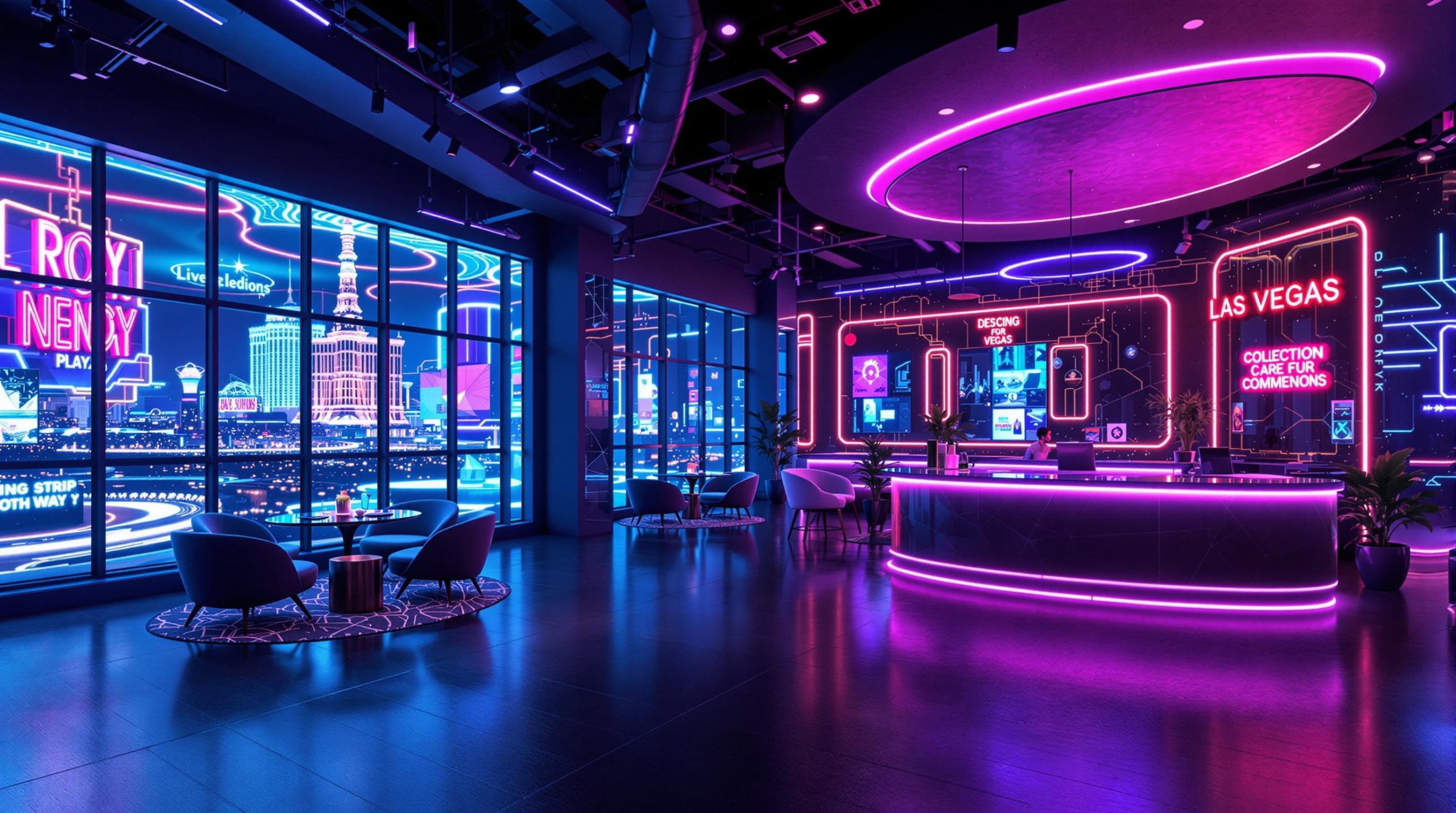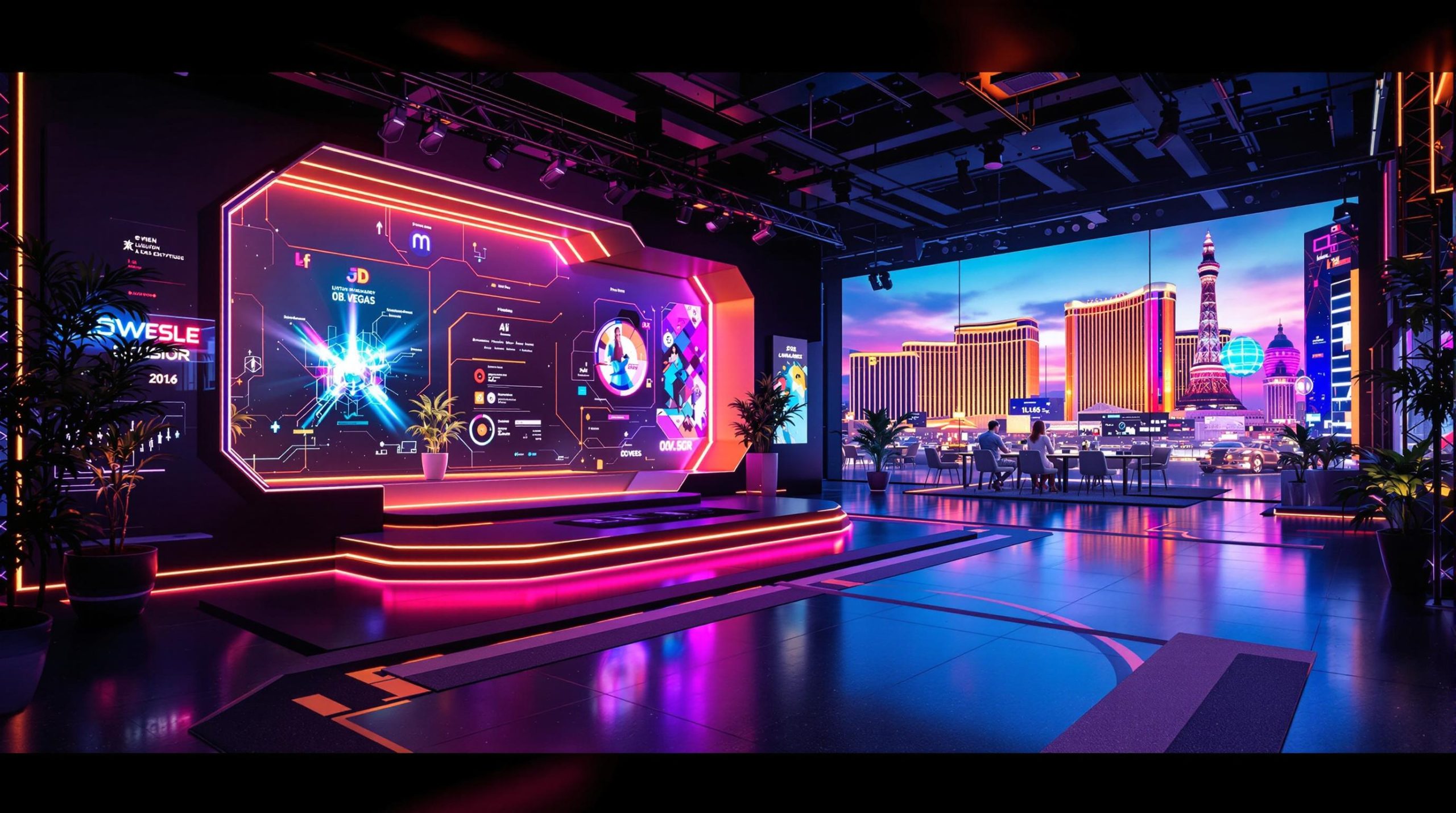The creative and events industry in Las Vegas is a dynamic ecosystem fueled by luxury studios, event spaces, and design agencies. From high-end photography to custom design projects, professionals in this sector face unique challenges tied to market saturation, client expectations, and operational efficiency. This article explores the current state, key challenges, and actionable solutions for luxury studios, event spaces, creative agencies, and related niches in Las Vegas.
Section 1: Defining the Landscape

1.1 Luxury Studio in Las Vegas
Definition: A luxury studio offers premium amenities such as high-end lighting, customizable backdrops, and advanced tech integrations (e.g., VR setups). These spaces cater to photographers, videographers, and brands seeking polished environments.
Current State: Las Vegas hosts over 50 luxury studios, competing to serve industries like fashion, corporate events, and influencer content creation. Demand spikes during events like CES and weddings.
1.2 Event Space Dynamics
Definition: Event spaces in Las Vegas range from ballrooms to industrial lofts, often rented for weddings, product launches, and corporate gatherings.
Current State: The city’s event industry generates $11 billion annually, but oversaturation has led to price wars. Unique venues with custom design elements (e.g., modular stages) outperform generic options.
1.3 Creative Space and Design Studios
Definition: Creative spaces are collaborative hubs for artists, designers, and agencies. Design studios focus on branding, interiors, or digital products.
Current State: Las Vegas’s creative economy is growing, with 12% YoY growth in design studio registrations. However, 60% of these businesses report underutilization of space.
1.4 Las Vegas Photography
Definition: Las Vegas photography specializes in capturing the city’s iconic landscapes, events, and portraits.
Current State: The rise of social media has increased demand for photo shoots, but photographers face challenges like permit costs and seasonal demand fluctuations.
1.5 Studio Management Challenges
Definition: Studio management involves optimizing bookings, maintenance, and staffing.
Current State: Only 30% of studios use dedicated management software, leading to double bookings and revenue leaks.
Section 2: Key Challenges
2.1 High Operational Costs
- Luxury studios require $200K+ annual upkeep for tech and aesthetics.
- Event spaces face 40% vacancy rates outside peak seasons.
2.2 Market Saturation
- Las Vegas has 3x more creative spaces per capita than the national average.
- Las Vegas photography businesses compete with low-cost freelancers.
2.3 Client Expectations
- Custom design projects often exceed budgets due to unrealistic client visions.
- Creative agencies struggle with rapid turnaround demands.
2.4 Inefficient Studio Management
- Manual scheduling causes 15% revenue loss for design studios.
Section 3: Solutions and Technologies
3.1 Dynamic Pricing for Event Spaces
- Solution: AI-powered tools like PeakDynamic adjust pricing based on demand (e.g., higher rates during CES).
- Feasibility: 85% ROI reported by early adopters.
3.2 Hybrid Studio Models
- Approach: Combine luxury studio rentals with co-working memberships for steady income.
- Case Study: Vegas Creative Hub increased occupancy by 50% using this model.
3.3 Custom Design Visualization Tools
- Technology: 3D rendering software (e.g., Blender or SketchUp) helps clients visualize projects pre-approval.
- Benefit: Reduces revision cycles by 70%.
3.4 Studio Management Software
- Tools: StudioNinja or SproutStudio automate bookings, invoicing, and equipment tracking.
- Impact: Reduces administrative workload by 40%.
Section 4: Benefits and Feasibility
| Solution | Benefit | Feasibility (1-5) |
|---|---|---|
| Dynamic Pricing | Maximizes off-peak revenue | 4.5 |
| Hybrid Studio Models | Stabilizes cash flow | 4.0 |
| 3D Visualization | Reduces client disputes | 4.8 |
| Management Software | Lowers operational errors | 4.7 |
Section 5: Actionable Tips for Stakeholders
- For Luxury Studios:
- Partner with creative agencies to offer bundled services.
-
Invest in modular backdrops for rapid scene changes.
-
For Event Spaces:
- Use SEO keywords like “Las Vegas event space with custom design” to attract niche clients.
-
Offer “micro-event” packages for <50 attendees.
-
For Photographers:
- Create SEO-optimized blogs targeting “Las Vegas photography tips”.
- Use drone photography to differentiate services.
FAQs
Q: How can I reduce costs for my Las Vegas studio?
A: Implement energy-efficient lighting and sublease unused space to freelancers.
Q: What’s the biggest trend in event spaces?
A: Demand for “Instagrammable” setups with custom design elements like neon signage or AR backdrops.
Q: Which studio management tool is best for small agencies?
A: HoneyBook offers affordable plans with client CRM features.
Conclusion
The Las Vegas creative space ecosystem thrives on innovation and adaptability. By leveraging technologies like dynamic pricing and 3D visualization, stakeholders can overcome market saturation and operational hurdles. Whether managing a luxury studio or a design agency, strategic investments in studio management tools and hybrid models will unlock sustainable growth.
